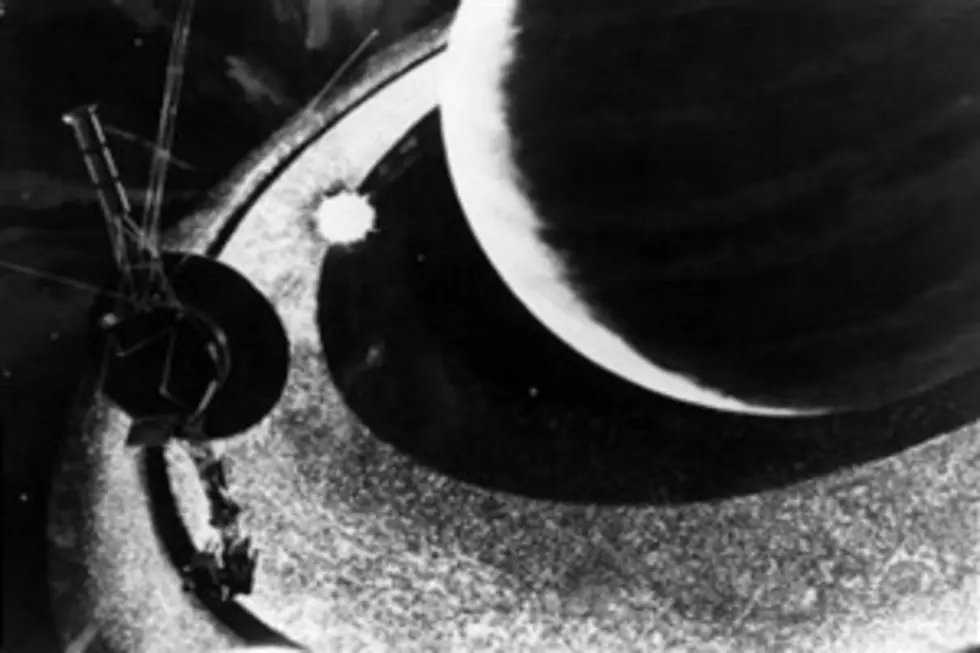
Voyager 1 to Leave Our Solar System
Space, the final frontier, a line made famous in. 'Star Trek,' and the Voyager 1 unmanned spacecraft is about to go to that final frontier. The Voyage 1 was launched 35 years ago and has traveled 11 billion miles in that time and is now about to leave our solar system. Scientist aren’t sure exactly when that will be but it is expected to leave our solar system and go to the area in space known as the heliosheath, where particles of the galaxy start to filter in. Voyager 1 has had a few close calls in its travels, surviving massive radiation when it was near Jupiter in 1979 and encountered a strange phenomenon at the solar systems outer reaches.
Voyager 1 is powered by a nuclear battery called the plutonium-238 and it is running out of power. In 2020, NASA will start shutting down instruments, one-by-one, in order to save power for other instruments that send information back to earth. This is the first man-made object to ever leave our solar system but it’s the beginning of the end for Voyager 1. Being 11 billion light years away from earth, it takes 17 hours for information to transmit back, by radio signal, for scientist to read. When Voyager 1 leaves our solar system scientists will monitor indicators of what the interstellar environment is like and how many cosmic rays exist outside our Solar System. While experts are looking for certain information from Voyager 1 when it leaves our Milky Way, they say they are always open for surprises.
More From B98.5









